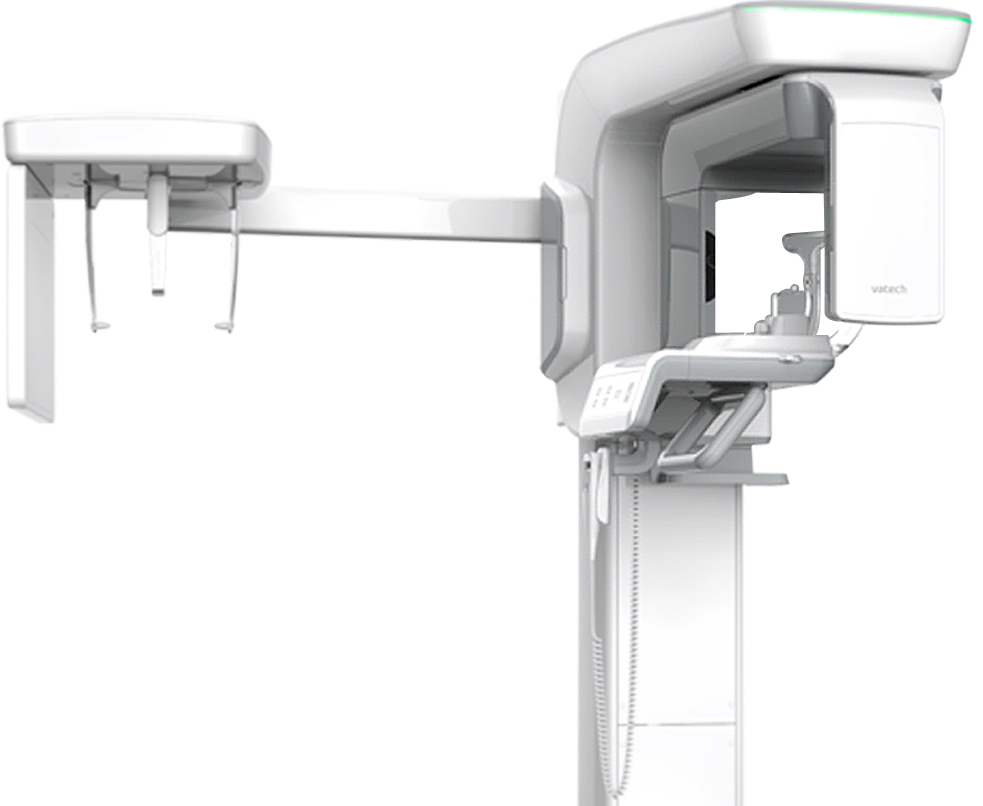Seductive Semena Konopí Brno
페이지 정보
작성자 Freeman 댓글 0건 조회 15회 작성일 24-11-13 01:23본문
The cannabis industry has grown exponentially in recent years, and with it, a wealth of cultivation information has become available to both recreational and medical growers. One particular area of interest is feminized marijuana seeds, a popular choice for those wanting to maximize their yield with less effort. This article delves into the intricacies of feminized seeds, exploring their advantages, how they are produced, and best practices for cultivation.
Feminized marijuana seeds are specifically bred to produce only female plants, the ones that bear the valuable buds or flowers. In standard mixed-gender cannabis cultivation, approximately half of the plant yield is male. In most growing scenarios, male plants are undesirable because they pollinate female plants, resulting in seed production with lower quality and potency flowers. Feminized seeds eliminate this issue, ensuring that nearly every seed grows into a female plant capable of producing consumable buds.
Feminized seeds are created through a process that involves the manipulation of plant hormones to induce a female plant to produce pollen, typically the job of male plants. This pollen is then used to fertilize other female plants. The resulting seeds carry only the XX chromosomes, thus they produce only female plants. Several techniques are used to produce feminized seeds, including:
While feminized seeds offer numerous advantages, they come with their own set of considerations:
In conclusion, feminized marijuana seeds offer an efficient and effective way for growers to maximize yields and focus on producing high-quality cannabis flowers. Understanding the science behind feminization, along with the benefits and considerations of using feminized seeds, can empower growers to make informed decisions that align with their cultivation goals. Whether you are a commercial grower or a hobbyist, feminized seeds can be a valuable asset in your grow room.
What are Feminized Marijuana Seeds?
Feminized marijuana seeds are specifically bred to produce only female plants, the ones that bear the valuable buds or flowers. In standard mixed-gender cannabis cultivation, approximately half of the plant yield is male. In most growing scenarios, male plants are undesirable because they pollinate female plants, resulting in seed production with lower quality and potency flowers. Feminized seeds eliminate this issue, ensuring that nearly every seed grows into a female plant capable of producing consumable buds.
The Science Behind Feminization
Feminized seeds are created through a process that involves the manipulation of plant hormones to induce a female plant to produce pollen, typically the job of male plants. This pollen is then used to fertilize other female plants. The resulting seeds carry only the XX chromosomes, thus they produce only female plants. Several techniques are used to produce feminized seeds, including:
- Colloidal Silver Method: This involves spraying a female plant with a colloidal silver solution, which interferes with ethylene production (a hormone necessary for flowering), causing the plant to produce male flowers. These male flowers produce feminized pollen, which is then used to fertilize another female plant.
- Rodelization Method: samonakvétací vs feminizované This is a natural method where a female plant is stressed into producing male flowers towards the end of its flowering stage. The resulting pollen is used to fertilize other female plants. This method is less reliable as it depends on inducing stress in the plant.
- Silver Thiosulfate Solution: This chemical method is similar to the colloidal silver method but often considered more effective. It involves using a combination of silver nitrate and sodium thiosulfate.
Advantages of Using Feminized Seeds
- Increased Yield: Since these seeds produce only female plants, growers can focus all their resources on plants that will yield flowers, thus maximizing production.
- Efficiency: Lesser time spent identifying and removing male plants enables growers to focus more on the health and productivity of female plants.
- Consistency and Quality: Feminized seeds can help achieve more consistent and uniform growth and development, which is crucial for ensuring the high quality of the final product.
- Space and Resource Management: With no need to accommodate male plants, growers can optimize space and resource use more efficiently.
Considerations for Growing Feminized Seeds
While feminized seeds offer numerous advantages, they come with their own set of considerations:
- Stress Factors: Feminized plants can sometimes revert or hermaphrodite (develop male flowers) under environmental stresses like light interruptions or nutrient imbalances. Growers must maintain optimal growing conditions to prevent this.
- Genetic Diversity: Using feminized seeds could lead to reduced genetic diversity compared to using regular seeds, potentially resulting in less resistance to diseases and environmental changes.
- Quality Control: It is essential to source feminized seeds from reputable breeders to ensure high success rates and desirable plant traits.
Best Practices for Cultivating Feminized Seeds
- Monitor Environmental Conditions: Ensure stable temperature, humidity, and lighting throughout the growing cycle to prevent stress-induced hermaphroditism.
- Nutrition and Watering: Provide balanced nutrients and avoid over or under-watering the plants to help them thrive.
- Pruning and Training: Techniques such as topping, low-stress training (LST), and pruning can increase light penetration and airflow, leading to healthier plants and improved yields.
- Pest and Disease Control: Regular inspection for pests and diseases, combined with preventative measures, can help maintain plant health and productivity.
In conclusion, feminized marijuana seeds offer an efficient and effective way for growers to maximize yields and focus on producing high-quality cannabis flowers. Understanding the science behind feminization, along with the benefits and considerations of using feminized seeds, can empower growers to make informed decisions that align with their cultivation goals. Whether you are a commercial grower or a hobbyist, feminized seeds can be a valuable asset in your grow room.
댓글목록
등록된 댓글이 없습니다.






























